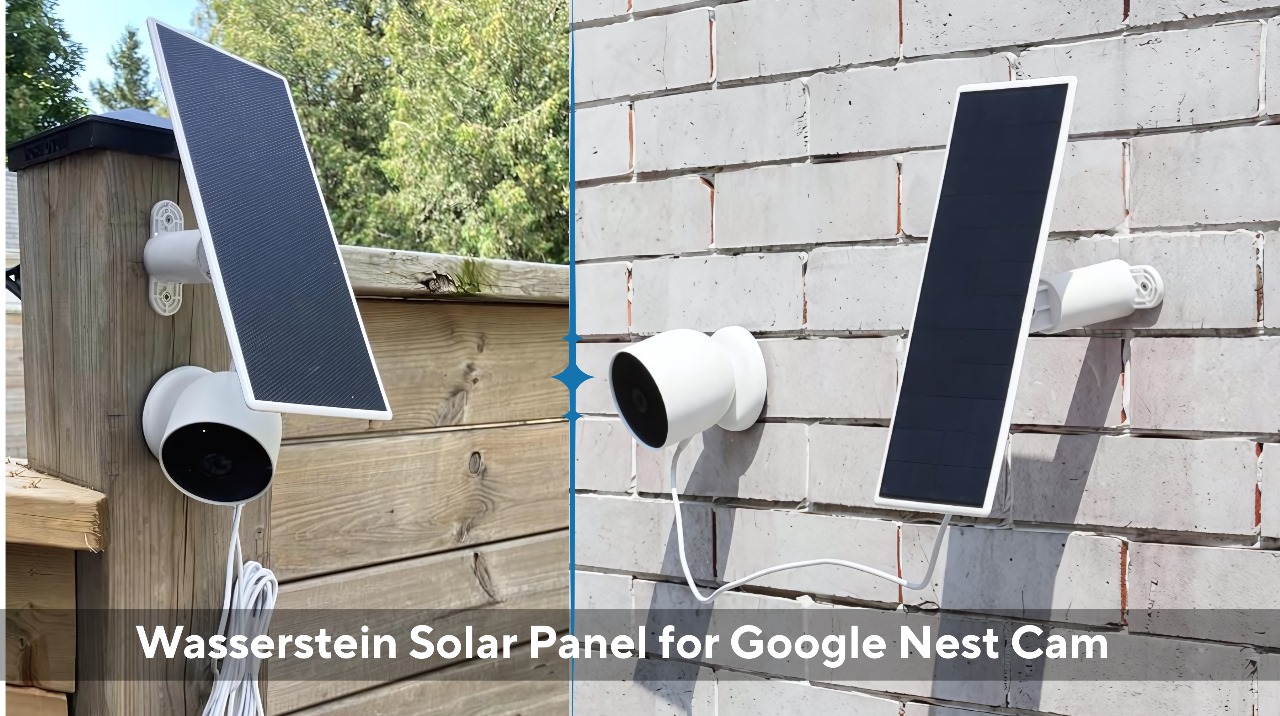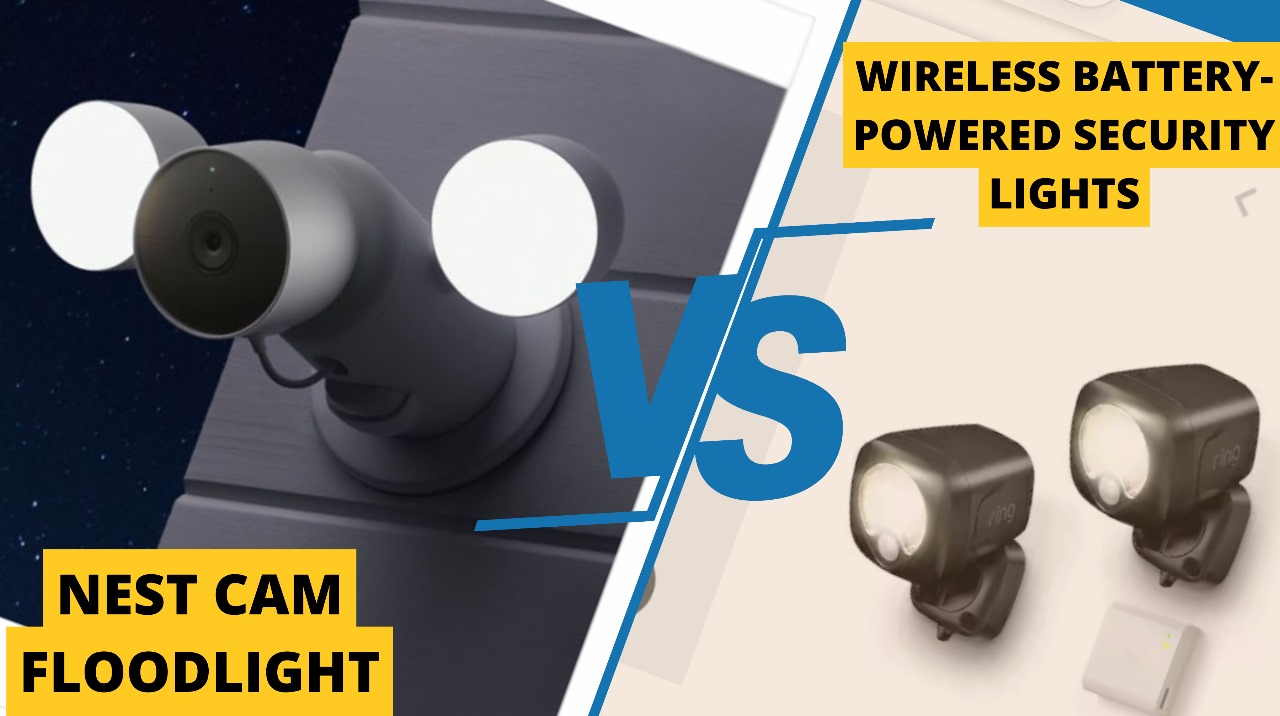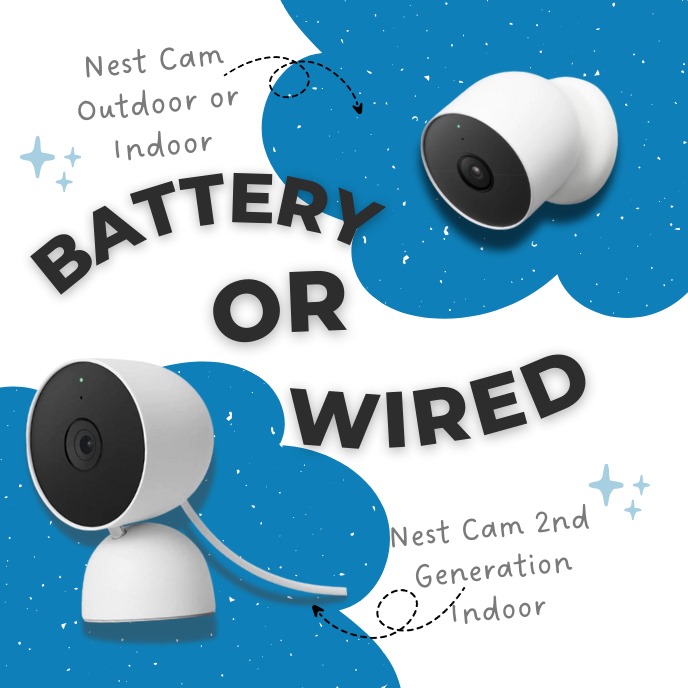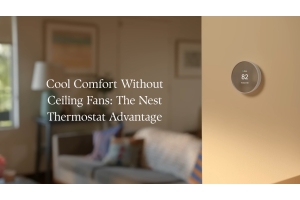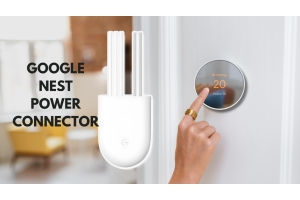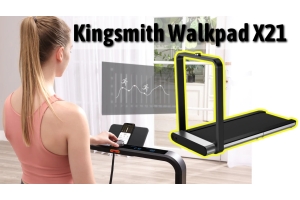Camera
-
Posted: September 24, 2025Read more
If you own a Google Nest Cam (Battery), you already know how convenient it is for keeping your home safe. But constantly recharging the camera can feel like a chore. That’s why many homeowners choose the Wasserstein Solar Panel for Nest Cam — it keeps your device powered with clean, renewable energy.
The good news? Installing the panel isn’t complicated at all. In fact, you can set it up in under an hour with just a few tools. This guide will walk you through the step-by-step installation process, so your Nest Cam can stay charged and you can stop worrying about climbing ladders every few weeks.
What You’ll Need
Before we jump in, here’s what you should have handy:
- Wasserstein Solar Panel (compatible with Google Nest Cam Battery)
- Google Nest Cam (Battery)
- Mounting bracket and screws (usually included with the panel)
- A drill or screwdriver
- A ladder (if mounting high up)
Step 1: Choose the Right Location
The most important factor in getting the best performance is sunlight exposure.
-
Posted: September 06, 2025Read more
When it comes to protecting your home, outdoor lighting plays a bigger role than most people realize. A well-lit driveway or backyard can deter intruders before they even step foot on your property. But with so many options available today, choosing between a Google Nest Cam with Floodlight and wireless battery-powered security lights can feel overwhelming. Both have their strengths, but when it comes to reliability, one definitely pulls ahead. Let’s break it down in simple terms.
What Makes the Nest Cam Floodlight Different?
The Nest Cam Floodlight isn’t just a light—it’s a complete smart security solution. It combines a high-powered LED floodlight camera with a Google Nest smart cam, giving you real-time video monitoring, motion-activated lighting, and smart alerts sent straight to your phone. Since it’s usually hardwired during the Google Nest Cam with Floodlight installation, you don’t need to worry about replacing or recharging batteries.
It’s also available in different finishes,
-
Posted: August 22, 2025Categories: CameraRead more
When it comes to choosing between the Google Nest Cam Indoor Wired 2nd Generation and the Google Nest Cam Indoor/Outdoor Battery, most people think about flexibility, convenience, and price. But another important factor often overlooked is energy consumption. Since smart cameras are designed to run around the clock, how they use power can affect both your electricity bill and your environmental footprint.
So, let’s dive into the question: Which one consumes less energy over time — the wired Nest Cam or the battery-powered Nest Cam?
How the Wired Nest Cam Uses Energy
The Google Nest Cam Indoor Wired (2nd Gen) plugs directly into a power outlet, making it a stable and predictable energy consumer. On average, the Nest Cam Wired uses about 3 to 4 watts of power during regular use. That translates to roughly 2.5 to 3 kWh per month, about the same as running a low-wattage LED bulb.
For most households in the UAE, this level of energy use is minimal. The Google Nest Cam Indoor Wired is built

